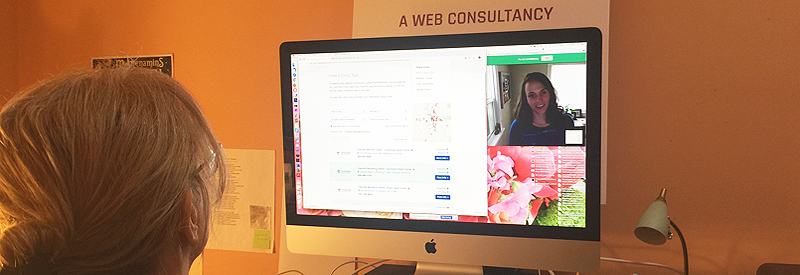
Peer Review at NetRaising
All our projects are peer-reviewed.
Writing concise standards-compliant code that renders correctly across a broad range of devices is hard work and even the best developer will occasionally key-in something that was unintended. That’s why we feel it’s always a good idea to have someone, and some diagnostic software, check our work.
At NetRaising, every new and redeveloped website’s template code is peer-reviewed prior to launch. Our developers look forward to this process as it’s nearly always an opportunity to learn something new in addition to getting to share new ideas and methods with another developer.
In addition to peer review, we use several online coding, accessibility, and speed evaluation tools on new websites prior to launch. This not only keeps our skills sharp, it helps ensure the quality of the code that goes into our client’s sites.
Diagnostic software we use:
To check the domain’s encryption security: SSL Labs
To check the HTML5 framework of the site: W3C Markup Validator
To check for web-accessible background/text contrast ratios: Colour Contrast Checker, Contrast Checker, WebAIM Contrast Checker
To check the CSS style code for the site: W3C CSS Validator
To check the site’s Accessibility: WAVE Web Accessibility Evaluation Tool and AChecker
To check the JavaScript: JSLint
To check the site’s Searchability: Google Search Console
To check for broken links within the website: W3 Checklink
To check the site’s Speed: Website Optimization, Pingdom’s Tools, Web Page Test, YSlow, and GTMetrix.
To find out how mobile friendly Google thinks your site is: Mobile Website Testing
Can Facebook find everything it’s looking for: Debug FB Sharing
*Note to other professional web developers: These tools may hurt your feelings.